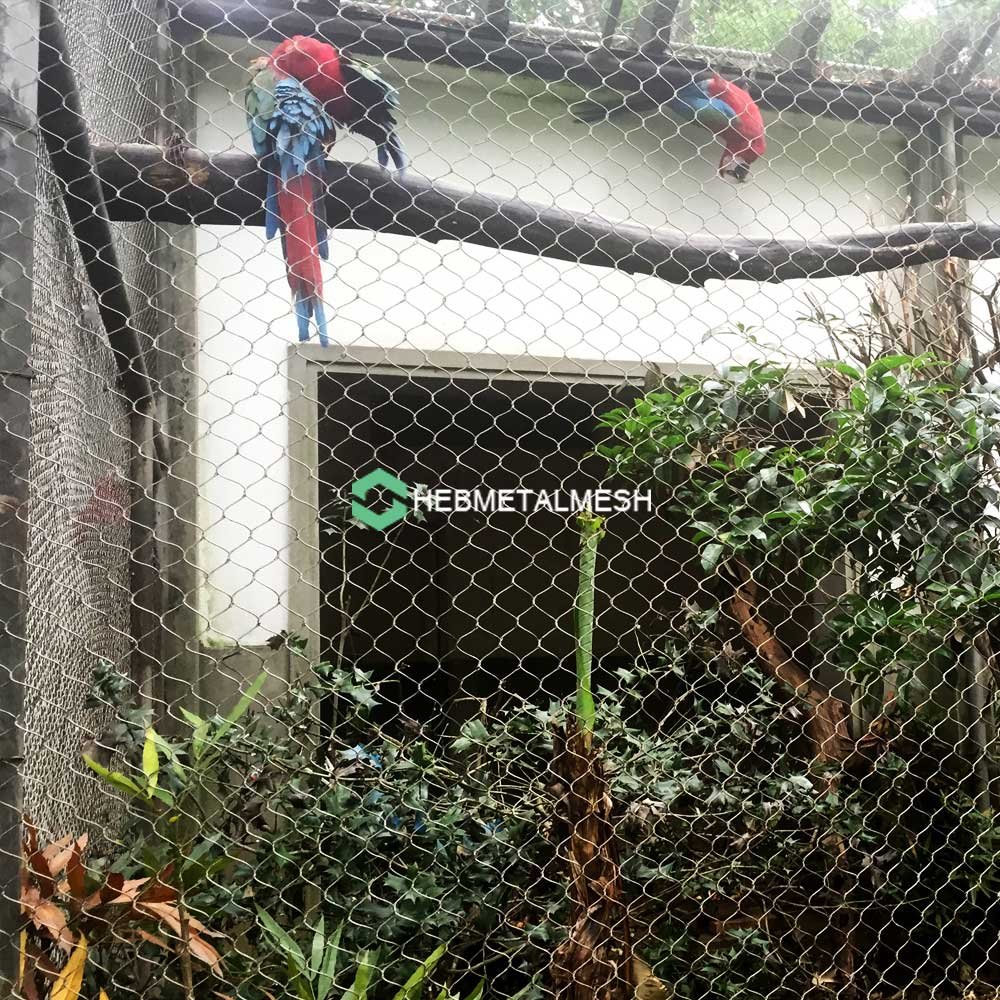Choosing the right mesh size for small birds is a critical task. It ensures their safety and well-being, while also preventing escape and protecting them from predators.
This article provides detailed information on selecting the appropriate mesh size for various applications. Whether you’re a bird enthusiast, aviary owner, or involved in bird conservation efforts, you’ll find this guide invaluable.

Stay tuned as we delve into the intricacies of mesh size for small birds.
Understanding Mesh Size and Its Significance for Small Birds
Mesh size refers to the size of the openings in a mesh material. It’s measured from the center of one wire to the center of the adjacent wire.
The correct mesh size is crucial for small bird safety. Too large, and birds may escape or predators may gain access. Too small, and birds may become entangled or injured.
Moreover, the mesh size can impact the bird’s visibility and the aesthetic appeal of the enclosure.
Therefore, understanding and selecting the right mesh size is a vital aspect of bird care and conservation.
Recommended Mesh Sizes for Common Small Bird Species
Different bird species require different mesh sizes. The size should be small enough to prevent escape, yet large enough to avoid injury.
For instance, finches and canaries, being small birds, require a mesh size of around 1/2 inch. This size prevents them from sticking their heads through the mesh and getting stuck.
Here are some recommended mesh sizes for common small bird species:
- Finches and Canaries: 1/2 inch
- Budgerigars: 1/2 to 3/4 inch
- Lovebirds and Cockatiels: 3/4 to 1 inch
Always consult with an avian expert when designing bird enclosures to ensure the safety and well-being of the birds.
Material Considerations for Bird-Safe Mesh
The material of the mesh is as crucial as its size. It should be durable, rust-resistant, and non-toxic to birds.
Stainless steel is a popular choice due to its strength and longevity. It’s also resistant to weather elements, making it suitable for outdoor enclosures.
For indoor aviaries, plastic or nylon mesh can be used. These materials are lightweight, easy to clean, and less likely to cause injury to the birds.
Balancing Safety and Aesthetics in Mesh Selection
Choosing the right mesh size for small birds is a balance between safety and aesthetics. The mesh should be small enough to prevent escape or predation, yet large enough to allow visibility and light penetration.
The color of the mesh can also impact the overall look of the enclosure. Darker meshes tend to be less noticeable, allowing the birds and their environment to be the focal point.
Remember, the primary goal is to create a safe, comfortable habitat for the birds. Aesthetics, while important, should not compromise their well-being.
Installation and Maintenance of Bird-Safe Mesh Enclosures
Proper installation of mesh fencing is crucial for the safety of small birds. The mesh should be securely attached to the frame of the enclosure, with no gaps or loose areas that could allow escape or entry of predators.
Regular maintenance and inspection of the mesh are also essential. Over time, weather and wear can cause damage, potentially creating hazards for the birds.
When installing or repairing mesh, always ensure the use of non-toxic materials. This helps prevent accidental poisoning from ingestion or contact.
Remember, a well-maintained enclosure not only keeps birds safe but also extends the lifespan of the mesh, making it a cost-effective solution in the long run.
Legal, Ethical, and Environmental Considerations
When housing birds, it’s important to be aware of legal and ethical considerations. Some species are protected by law, and their housing requirements are strictly regulated.
From an ethical standpoint, the welfare of the birds should always be the top priority. The mesh size should not only prevent escape but also ensure the birds are comfortable and safe.
Environmentally, consider the impact of your mesh material. Opt for eco-friendly options that are durable and recyclable, reducing the overall environmental footprint of your bird enclosure.
Innovations and Customization in Mesh Design
Innovations in mesh design have led to improved bird safety. New materials and manufacturing techniques allow for stronger, more durable mesh with precise sizing.
Customization options are also available. These allow for enclosures tailored to specific bird species, ensuring optimal safety and comfort.
Conclusion and Resources for Bird-Safe Mesh
Choosing the right mesh size for small birds is crucial. It ensures their safety, prevents escape, and protects them from predators.
For further information and purchasing options, consult with avian experts and reputable mesh suppliers. They can provide guidance tailored to your specific needs and circumstances.

